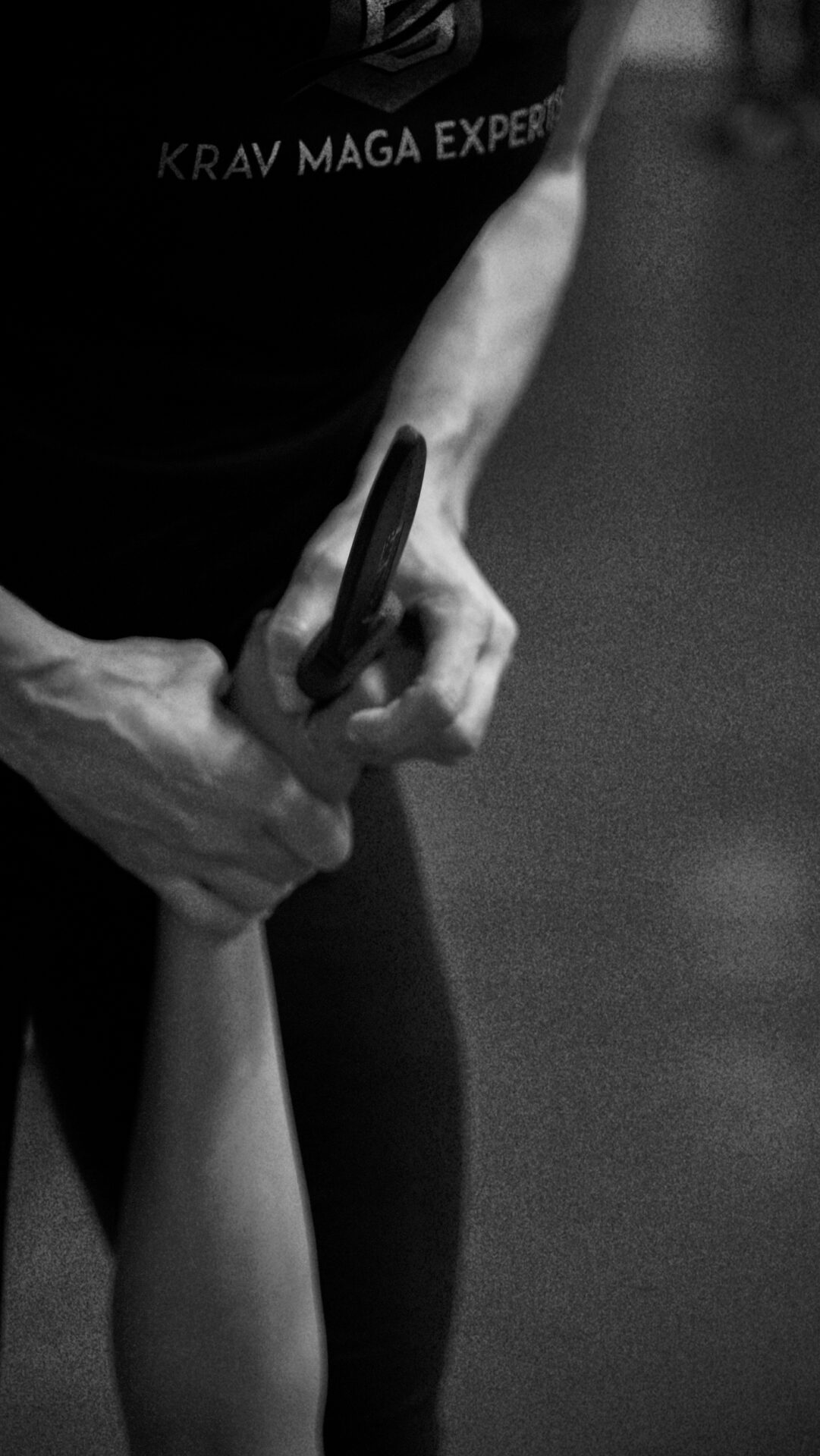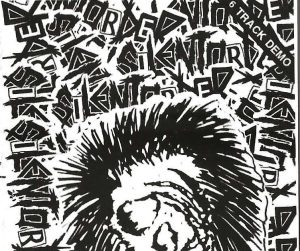Knife attacks are among the most terrifying forms of violence that a person can face. Unlike gun violence, where distance often creates a buffer, a knife-wielding attacker forces an immediate, personal confrontation. It’s visceral, intimate, and chaotic, and the danger feels as close as the blade. To effectively defend against this kind of threat, we must first understand how the “bad guy”—the aggressor—thinks and behaves. This is not just about physical training; it’s about stepping inside the mind of someone who has chosen to commit violence, often with cold intent or reckless abandon.
I am writing this article today to share valuable perspectives on this topic. His content goes beyond mere demonstrations of knife techniques. It delves into the psychology of knife violence, showing how attackers exploit fear, confusion, and the human body’s natural vulnerabilities. This is not just about knives; it’s about the mentality of someone who sees a knife as their tool of control, dominance, and destruction.
The Attacker’s Mindset: Control, Fear, and Chaos
A knife attacker operates from a position of perceived control. Unlike a firearm, which can often create distance, a knife necessitates close contact—turning the encounter into a confrontation on deeply personal terms. The knife, in the hands of the attacker, is more than just a tool. It’s a psychological weapon as much as it is a physical one.
When the attacker approaches their victim, they rely on several key principles, which serve to exploit not just the physical weaknesses of their target but also the mental ones:
- Element of Surprise
Most knife attacks don’t start with a dramatic, telegraphed display of the blade. Instead, attackers use deception, distraction, or speed to get close before their victim realizes the true danger. This is where they gain the upper hand. The element of surprise is a powerful psychological tactic—it shocks the system, forcing a delay in reaction.
The attacker might approach with hands seemingly empty, engage in conversation, or even feign compliance. The moment their target is mentally off-guard, the knife appears, and often, it’s already too late. A knife attack can begin with something as simple as a shoulder tap, a bump in the street, or a sudden reach into a pocket. Understanding that attackers rely on this kind of subtle ambush is essential. I often emphasize that the time between the appearance of the knife and the first strike is incredibly short—mere seconds, if not less. In that time, the attacker has already made their move, and the defender must be prepared to react instantaneously.
- Psychological Domination
A knife doesn’t just slice through flesh—it slices through the victim’s sense of safety. The mere sight of the weapon induces a primal fear response. Aggressors understand this; they know that the fear of getting cut or stabbed can paralyze their target. The sharp edge of a blade holds power not just in its ability to wound but in its ability to create terror. In this moment of heightened fear, the victim’s mind scrambles to respond. Panic sets in, decisions slow down, and the attacker exploits the chaos.
This is what makes knife attacks so terrifying: the sense that the situation is completely out of the victim’s control. The attacker uses the blade not just as a means of physical harm but as a psychological tool to dominate their target. When you’re looking at a knife pointed at you, the world narrows to the few inches of that blade. The victim’s focus becomes completely absorbed by the threat in front of them, leaving little room to think clearly or plan a response.
- Relentless, Chaotic Attacks
In real-life knife attacks, there is no neat choreography. There are no slow, deliberate motions that you can easily track or defend against. Knife attacks are fast, chaotic, and relentless. The attacker doesn’t care about the precision of their strikes—they care about overwhelming their target with aggression and unpredictability. Their aim is not just to injure but to disable, to make their victim incapable of defending themselves through sheer terror and pain.
The speed of these attacks leaves little time to think or process. This is not a scenario where you can pause and plan. The attacker’s strategy is to overwhelm, using quick stabs or slashes to disorient their target. The chaos of the moment is their ally, as they create a flurry of motion that is nearly impossible to predict or counter without proper training.
The unpredictability of the strikes is another layer of psychological warfare. An untrained person may expect a single, dramatic stab, but real attackers often aim for rapid, repetitive strikes to vital areas—places like the abdomen, neck, or inner arms where damage is catastrophic. This is not a one-and-done situation; attackers press the attack, knowing that the more chaotic and aggressive their assault, the harder it will be for their victim to muster any kind of defense.
- Targeting Vulnerabilities
One of the most disturbing truths about knife attacks is that they are designed to exploit human vulnerability. A knife-wielding attacker often doesn’t just aim to intimidate—they aim to incapacitate. They target soft tissue areas where cuts or stabs can do the most damage in the shortest amount of time. This includes the neck, groin, abdomen, and inside of the arms and legs—places where arteries and organs are exposed and where even a small wound can cause significant harm.
Unlike punches or kicks, which can often be absorbed or blocked, a knife attack is designed to cut through the body’s natural defenses. There’s no “toughing out” a serious wound. When an attacker strikes with a knife, their goal is to disable their target quickly, often relying on the hope that pain or blood loss will leave the victim unable to fight back. If ever spent time watching attack breakdowns by various self-defense experts on YouTube highlights how attackers aim for fast, incapacitating strikes, emphasizing the need for quick and decisive reactions in self-defense situations.
- Disregard for Consequences
The most terrifying of all is a crazy person with a purpose. It is the most dangerous kind of attacker. Many knife-wielding assailants, especially those driven by anger, desperation, or substance abuse, have little regard for the consequences of their actions. Unlike an aggressor who might hesitate before pulling a trigger due to the loud noise or visibility of a gunshot, a knife attacker views their actions as silent, controllable, and intimate. The quiet nature of a knife attack emboldens them, making them feel less exposed than if they were using a firearm.
This mentality of disregard is critical to understand because it makes the attacker much more dangerous. They aren’t thinking about the long-term consequences of their actions, which means they aren’t likely to hesitate or back down once the attack begins. The knife gives them a sense of power and control, and in that moment, the attacker is fully committed to the violence they are about to unleash.
What Can We Do to Prepare?
Understanding the psychology of a knife attacker is key to defending against one. Knife defense isn’t just about learning techniques or drills; it’s about understanding how these situations develop and what drives the attacker’s behavior. As defenders, we must prepare for the chaos, the aggression, and the fear that a knife attack creates.
- Train for Reality: Knife defense training should not be neat or controlled. It must mimic the chaos of real encounters—fast, aggressive, and unpredictable. Only by training under these conditions can a defender hope to react effectively under real pressure. * Developing the ability to react under pressure takes time, so it’s important to train patiently and consistently!
- Maintain Distance: The attacker wants to get close; it’s their greatest advantage. Defenders must prioritize creating and maintaining distance whenever possible. Even the smallest bit of space can give you precious time to react and evade.
- Mental Preparation: Knife attacks are terrifying. No matter how much physical training you have, the psychological aspect of facing a knife is overwhelming. Mental resilience, the ability to keep calm under pressure, is just as important as the physical skills necessary to defend yourself.
Remember – Knife attacks are about control, fear, and chaos. The attacker seeks to dominate their target, not just physically but psychologically. By understanding how a “bad guy” thinks during such an assault, we can better prepare ourselves for the unpredictable, violent nature of these encounters. As always, the best defense is prevention—being aware of your surroundings, avoiding proximity to dangerous situations when possible, and training your body and mind to respond effectively when the worst happens.
Do something amazing,
Tsahi Shemesh
Founder & CEO
Krav Maga Experts


















